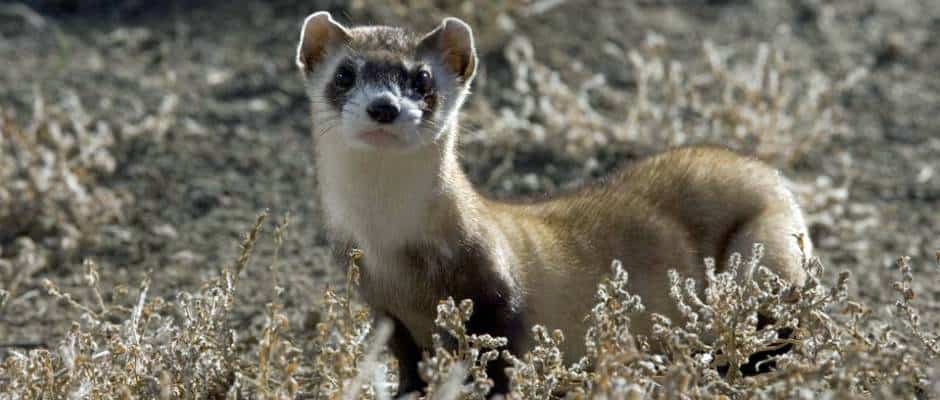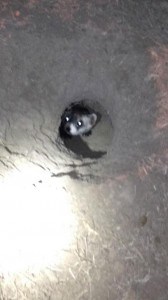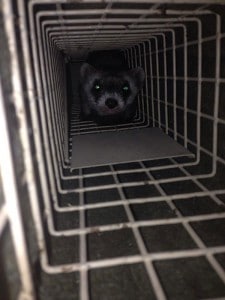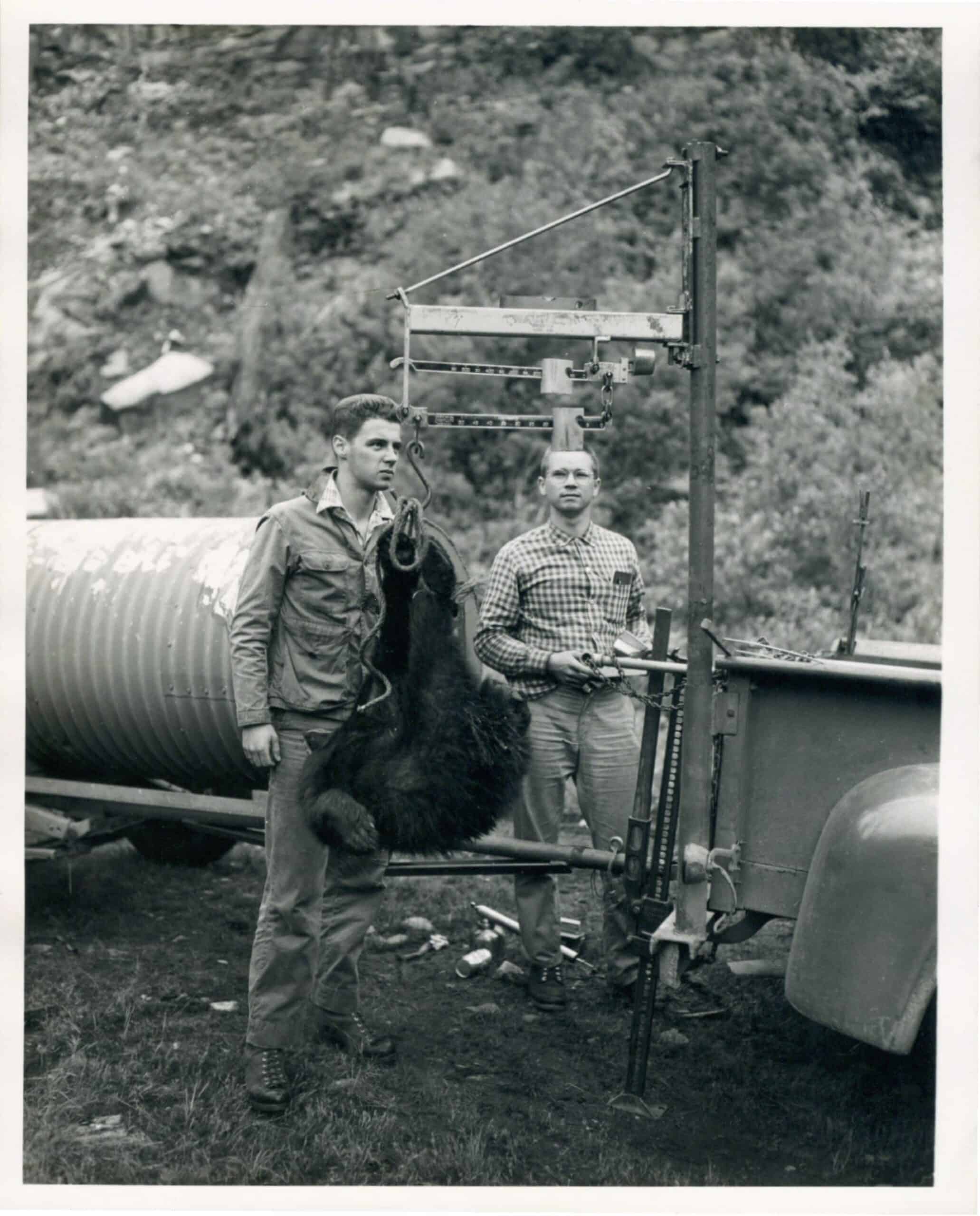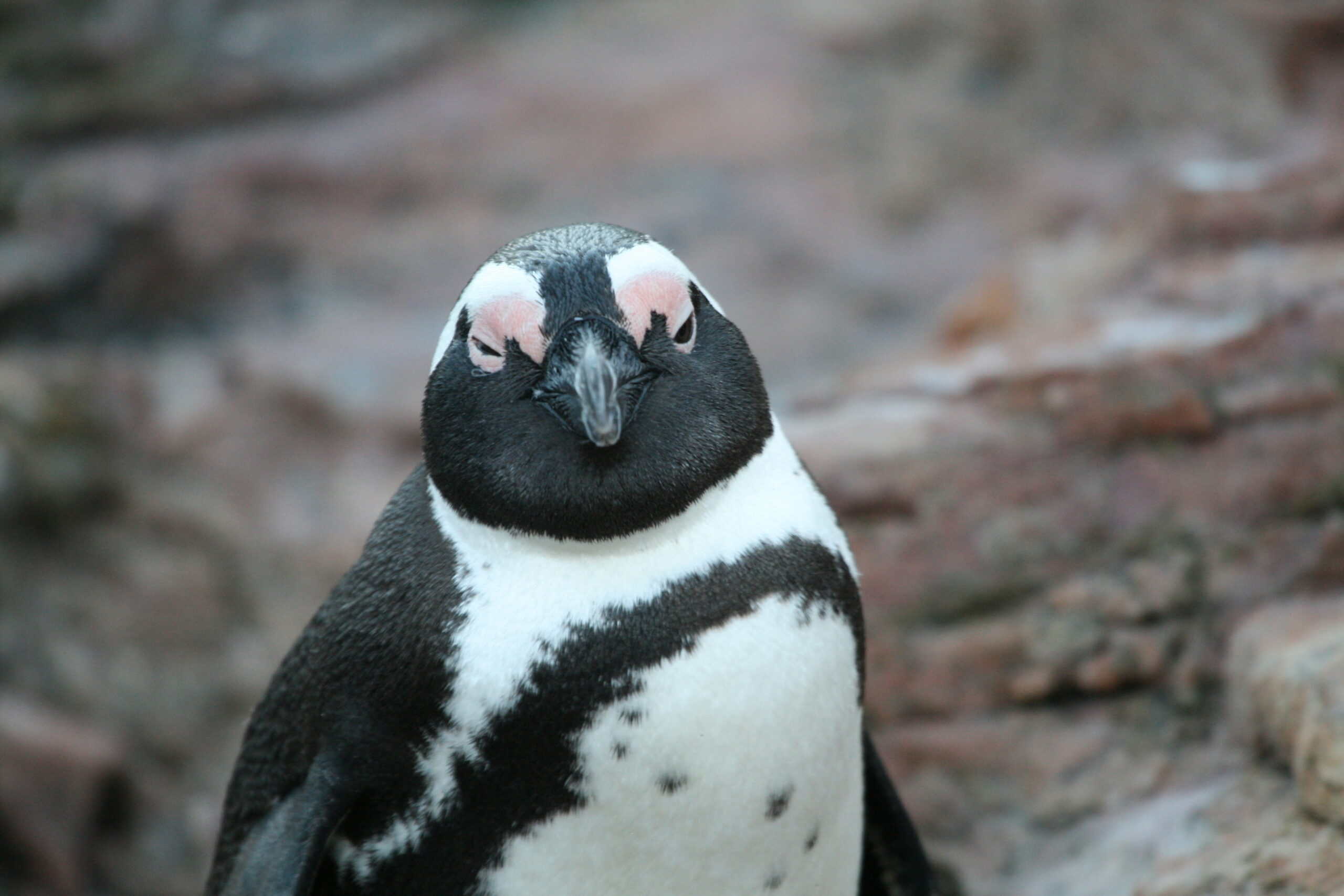Share this article
Kansas State Students Contribute to Ferret Recovery
When the crew saw the signature emerald-green eye shine, they knew they had found their quarry. The crew chased the ferret down a nearby prairie dog hole, set a cage over the hole, plugged nearby holes, and waited for the ferret to resurface. This scenario would play out numerous times over the next several days during the black-footed ferret survey conducted in Logan County, Kansas this past October.
This survey takes place several times a year and the Kansas State University Student Chapter of TWS is fortunate to participate alongside the Kansas Department of Wildlife, Parks and Tourism (KDWPT) and the USFWS. Nearly a dozen student members participating in the survey were able to work alongside wildlife professionals and take part in a long- term research project on endangered species recovery.
The black-footed ferret has been a conservation focus for many years, but efforts only recently started in Kansas. In 2005, landowners in western Kansas began working with the USFWS to determine the feasibility of ferret reintroduction. In December 2007, 24 ferrets were released on two ranches selected because of their abundance of prairie dog towns. The surveys will determine if smaller properties are viable for ferret reintroduction and will also determine adult over-winter survival and reproductive success.
This past October, crews captured and tagged 11 ferrets with a fairly even age and sex distribution. The surveys concluded the population is doing well despite setbacks in recent years attributable to drought. Working on this project with multiple agencies is a great opportunity for our chapter.
Dan Mulhern, USFWS biologist coordinating ferret recovery in Kansas, commented on the student chapter’s involvement.
“What better way for students to get involved with ongoing field work and research,” he said. “The goal of this project is to recover the black-footed ferrets, but a very important secondary goal is to provide an opportunity for wildlife students to get out and find out what their classes have been telling them all along.”
Three of the biggest benefits participating chapter members gained were working with endangered species, conducting field work, and networking.
Junior Emily Ferlemann greatly enjoyed being a part of the research project.
“It was truly an incredible research experience,” she said. “Being part of this project not only allowed me to gain valuable experience, but it also allowed me to do some great networking”.
Emily hopes to present a poster discussing the ferret research at the TWS Annual Conference in Winnipeg this coming October.
Sophomore Jamie Ladner was happy to be part of such a large conservation effort.
“The most rewarding parts of the survey were being able to work directly with endangered species as well as being part of a project that has as much history as the black-footed ferret survey,” he said. “Also, spotlighting all night gave good opportunities to talk with people from different agencies”.
Although the survey will not be conducted this spring, the chapter hopes to participate in the future and continue to be part of the historical recovery of a species that has twice been on the brink of extinction.
For more information on the KSU Student Chapter of TWS, visit their website.
Header Image: Image Credit: Ryan Hagerty, USFWS



